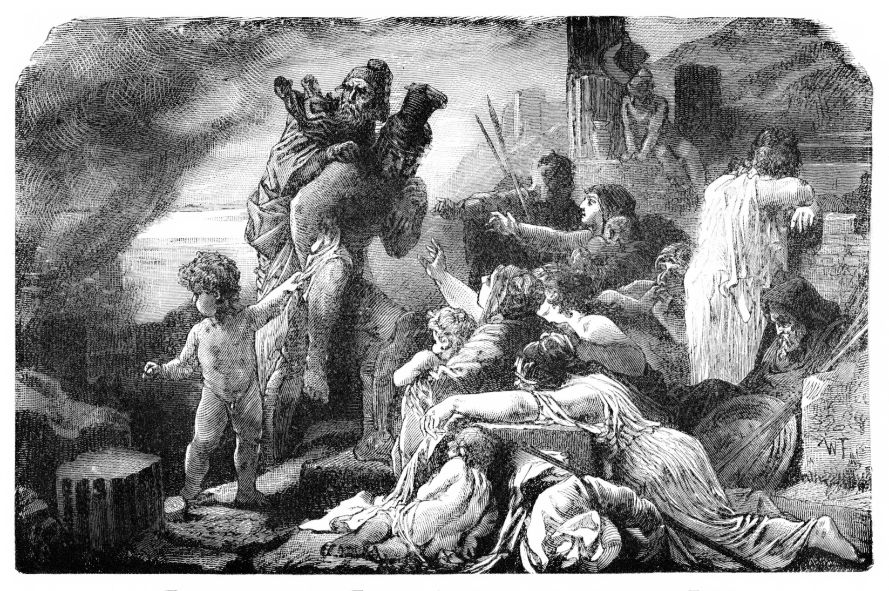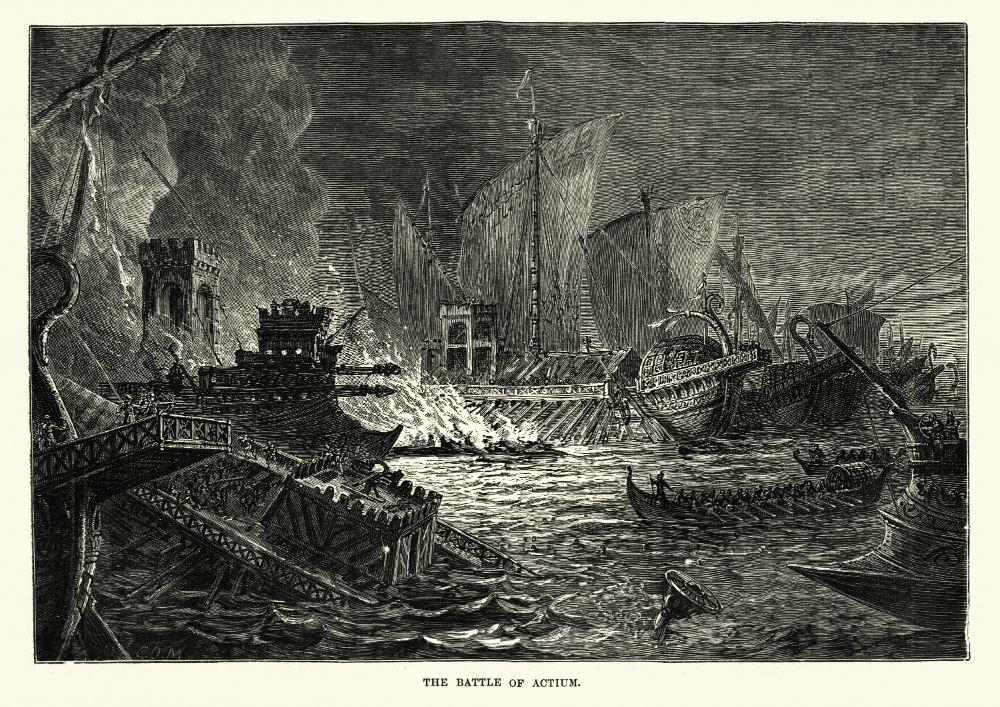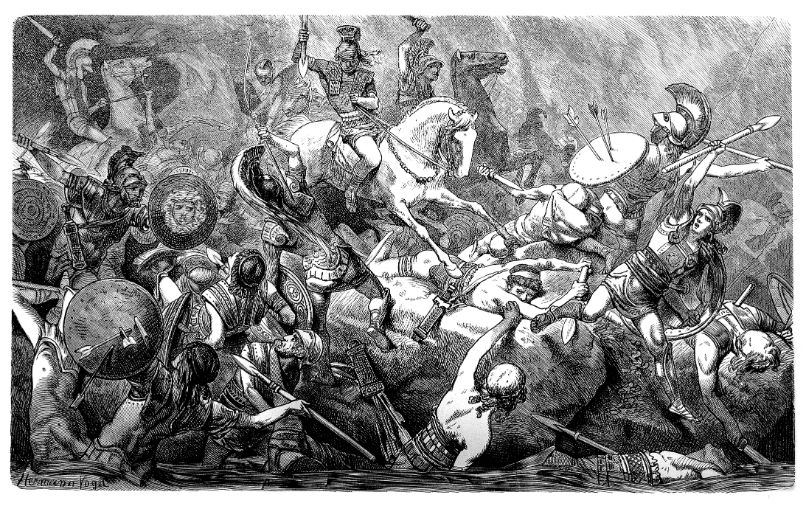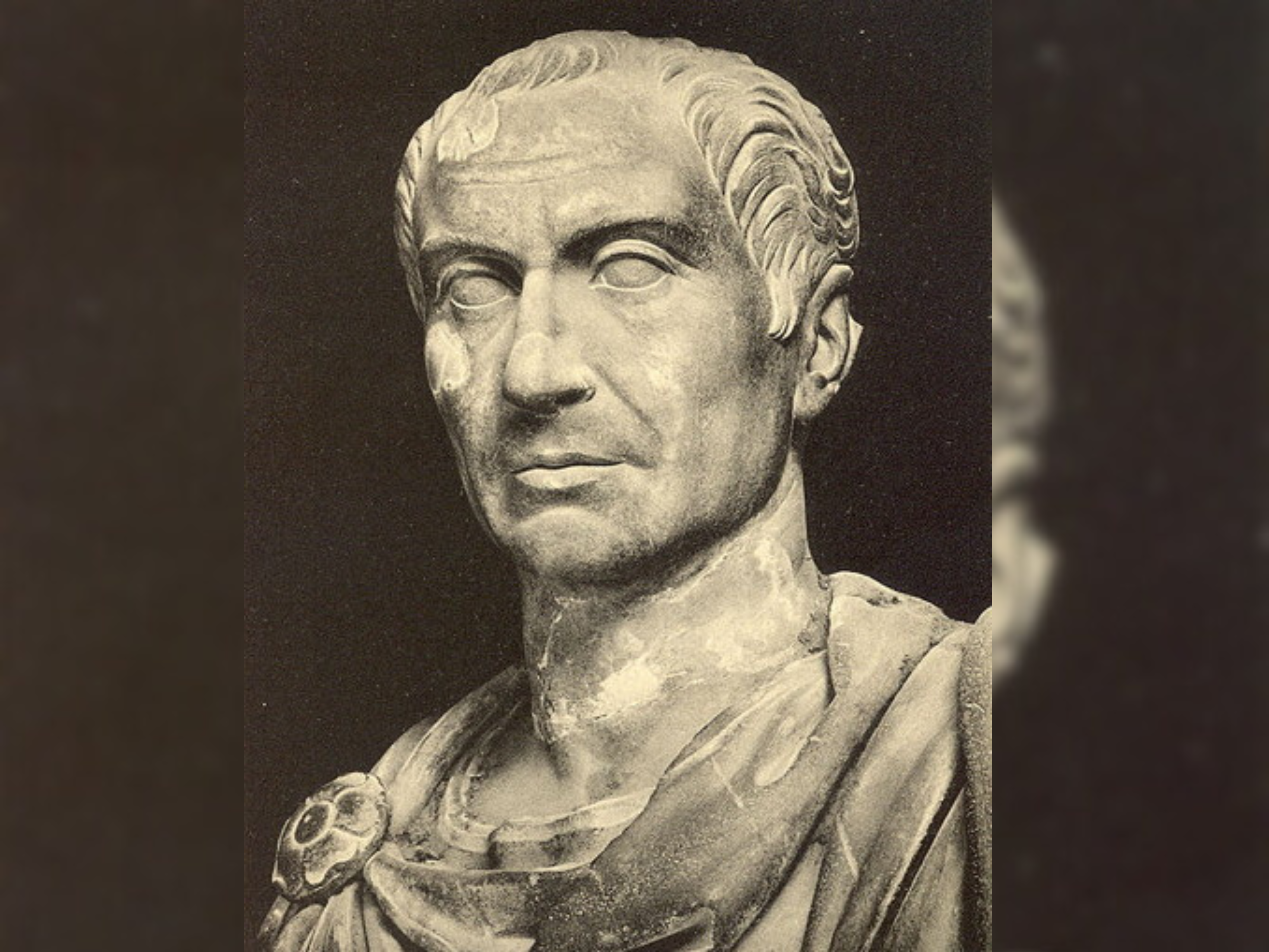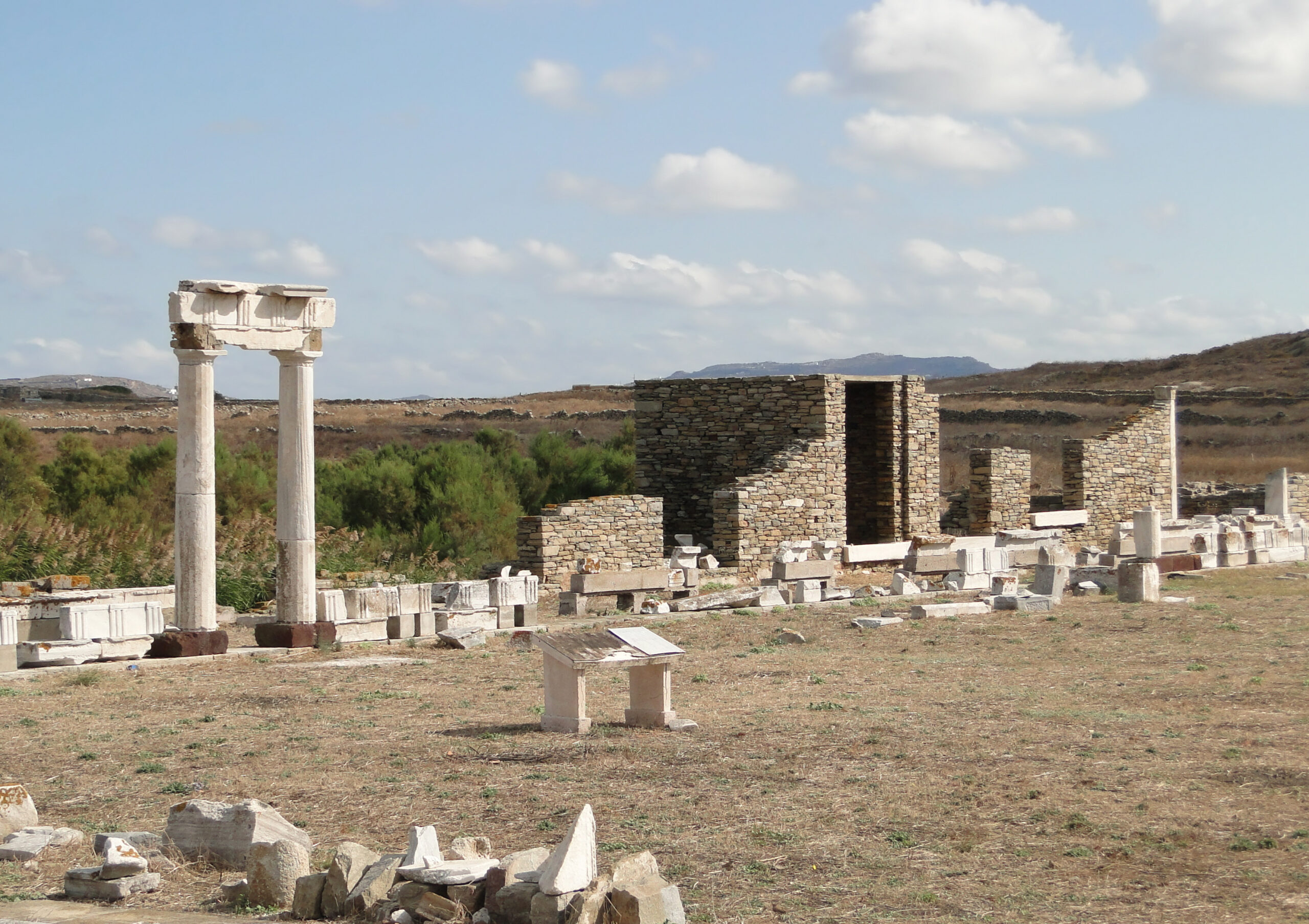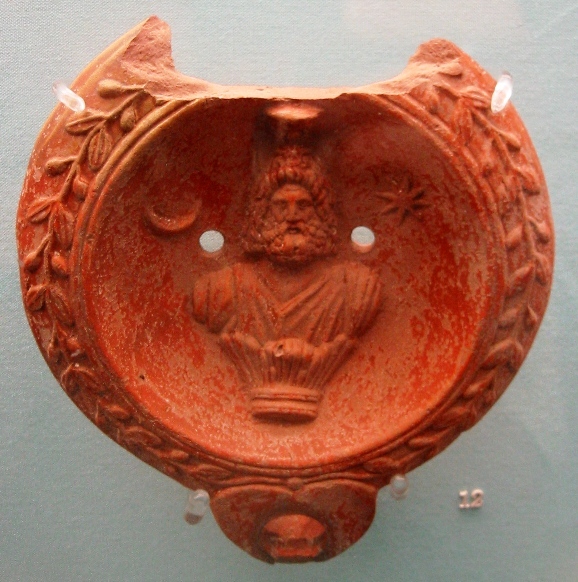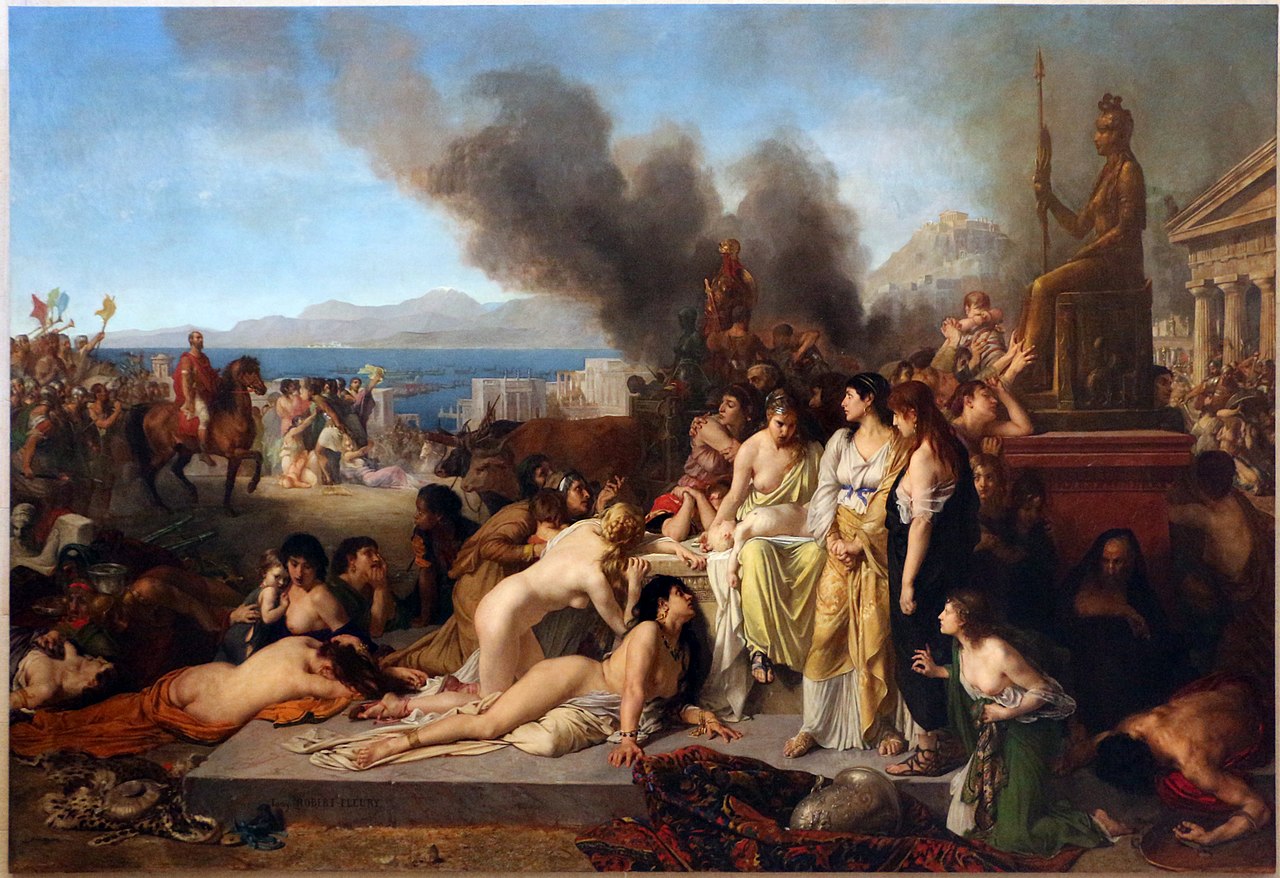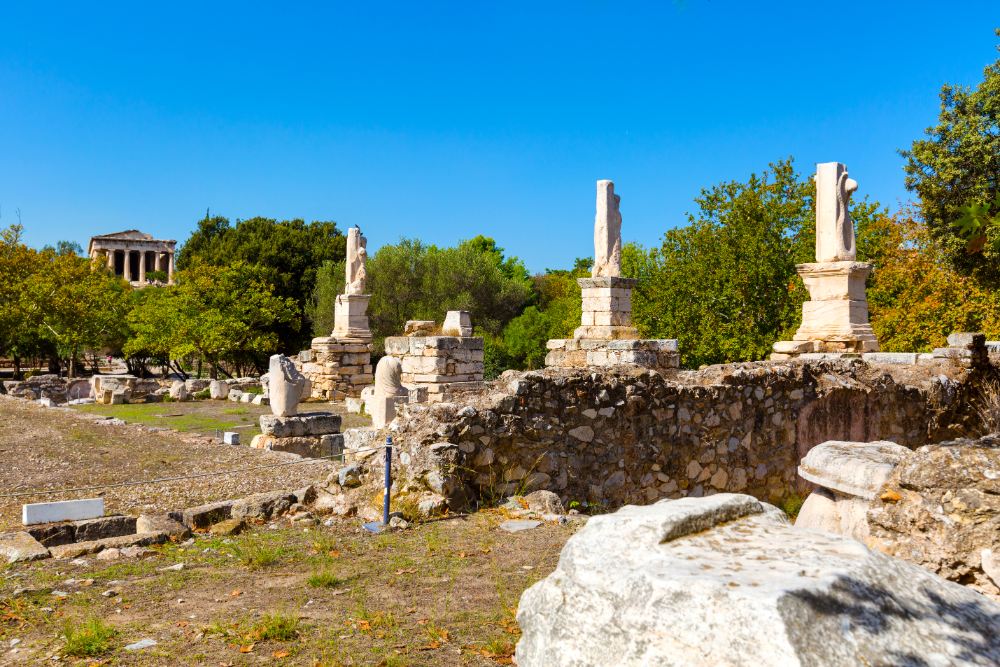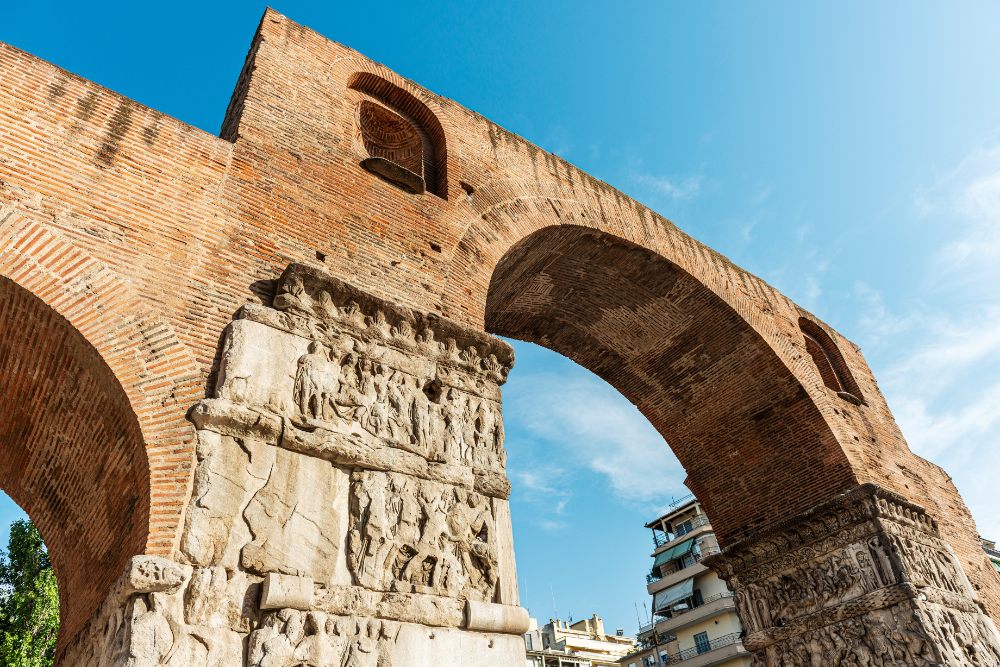The Journey of Aeneas
“The Aeneid,” written by the Roman poet Virgil, recounts the heroic journey of Aeneas, a Trojan prince, as he seeks to establish a new homeland after the fall of Troy. Following a devastating defeat, Aeneas and his fellow survivors embark on a perilous adventure. Guided by fate and the will of the gods, he is destined to found a great city that will become Rome.
As Aeneas sails the Mediterranean, he faces numerous challenges. He encounters fierce storms, harrowing monsters, and the vengeful goddess Juno, who opposes him due to her Trojan animosity. Despite these obstacles, Aeneas remains resolute, bolstered by his devotion to duty and the memory of his fallen city. His journey takes him to the shores of Carthage, where he meets Dido, the queen, who falls passionately in love with him. However, Aeneas, bound by his mission, must ultimately leave her behind, leading to her tragic despair.
Aeneas travels to the Underworld, where he meets the spirits of fallen heroes and learns of his future descendants, including Romulus and Remus. Armed with this knowledge, he continues his journey and finally arrives in Italy. There, the Aeneas faces fierce opposition but ultimately prevails in battle, laying the groundwork for what will become the Roman Empire. “The Aeneid” not only celebrates Aeneas’s heroism but also encapsulates the ideals of duty, sacrifice, and destiny, marking it as a cornerstone of Western literature.

